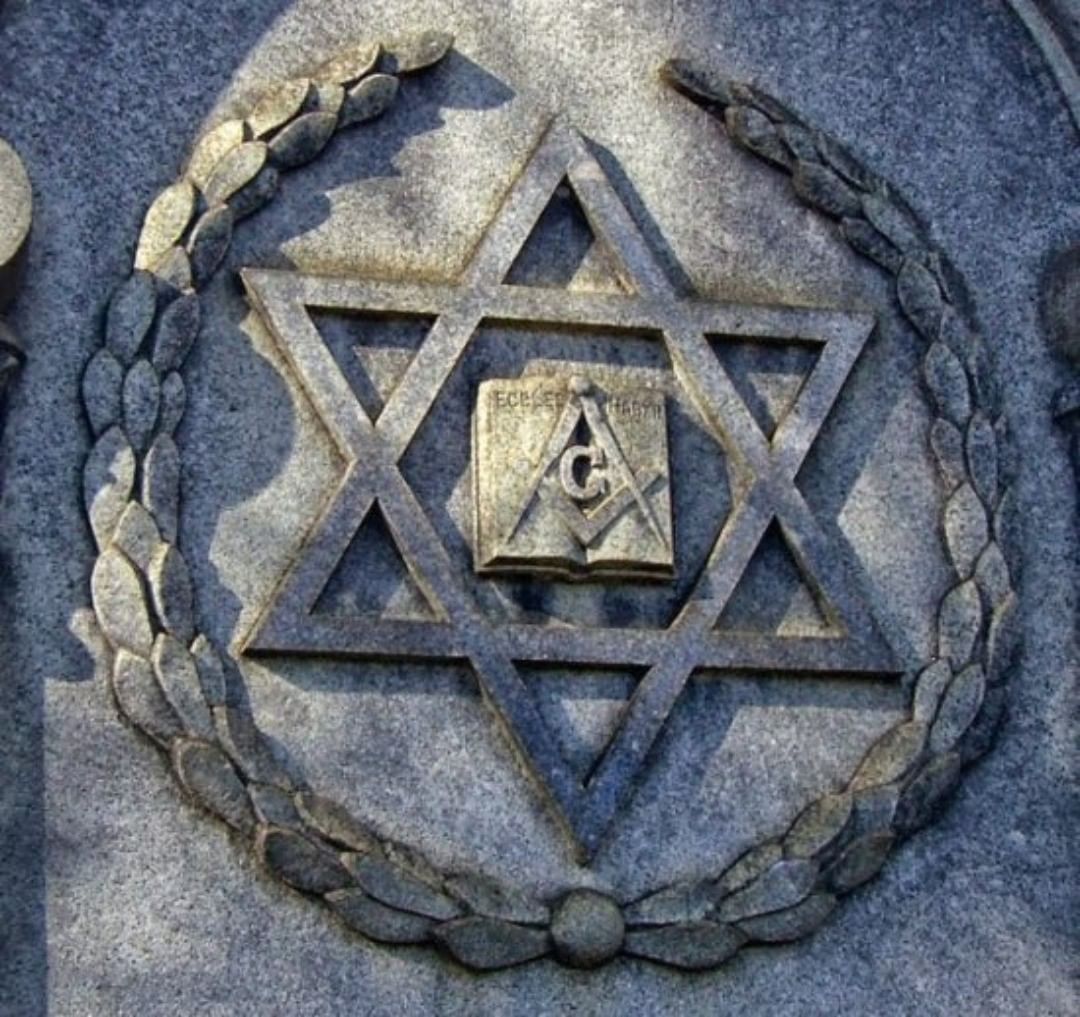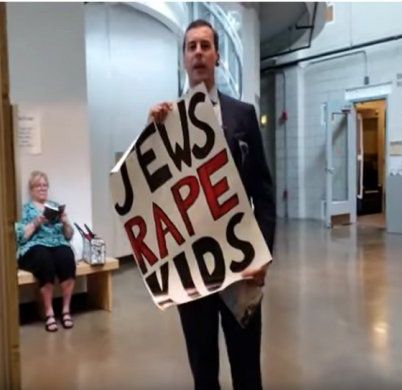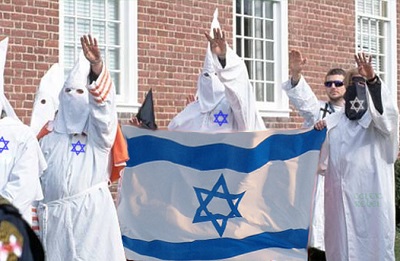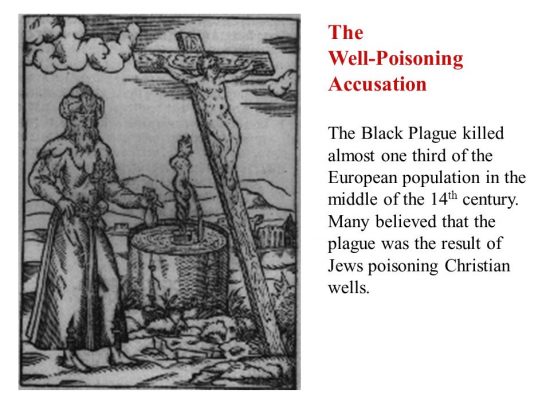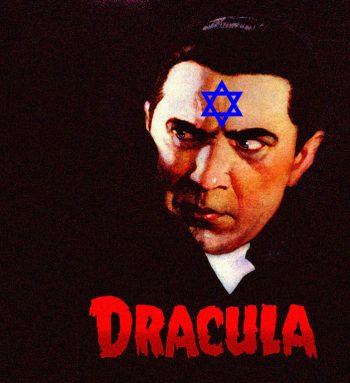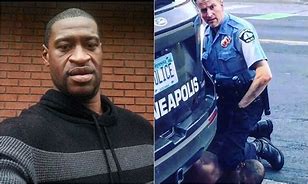The group chose as its neighborhood watch coordinator the very man who had invited the official to speak: a man with thinning dark hair and an average build named George Zimmerman. The next month, the newsletter for the homeowners association included a cartoon of a man peering through a magnifying glass, à la Sherlock Holmes, next to a call for help: “We have recently experienced an increased incidence of crime within the community, including three break-ins in the past month, which is why having residents committed to being members of the Neighborhood Watch and reporting suspicious activities is so important. We must send a message that we will not tolerate this in our community!”
To get involved, the newsletter said, “Call George Zimmerman.”
From Virginia to Florida
Now, on this dark, wet night, the neighborhood watch coordinator for the Retreat at Twin Lakes — armed with a licensed, slim 9-millimeter handgun that he kept in a holster tucked in his waistband — was in his truck when he noticed a hooded figure walking through the complex.
He may have been about to go on an errand to Target, as he later told his family, but his commitment to vigilance kicked in. This, it seems, was part of who George Zimmerman was.
He, too, was from someplace else — the second of three children raised in a red-brick home in a cul-de-sac in Manassas, Va. His father, Robert, was a magistrate judge and a veteran of the Vietnam War, and Robert’s father worked in Army intelligence. His mother, Gladys, a Peruvian immigrant, worked as a deputy court clerk. They ran a disciplined household that emphasized service, responsibility and the Roman Catholic faith.
“Some kids would have said, ‘That’s like a prison,’ ” recalled George W. Hall, a retired pastor who lived across the street. “But they were so polite. They always looked after you before themselves.”
George was an altar boy looked upon so favorably by the priests that he became a receptionist in the rectory. He also joined a youth education program called the Young Marines, wearing a uniform, marching in step and learning about good citizenship.
“He was very caring toward everyone,” his father said. “Toward anyone who needed anything.”
But George could be a character. In middle school, a black boy named Anthony Woodson stumbled over a chair while walking into a classroom, prompting a student he did not know to joke: “Do you know how to walk, or did you trip over your lip?”
From that jarring remark, a friendship was born. Mr. Woodson said that he knew the student, George Zimmerman, meant nothing racist, mostly because of the friends sitting with him. “Two other black kids, an Asian kid and a Hispanic,” recalled Mr. Woodson, 30, now a pastry chef in Virginia. His new, bilingual friend seemed comfortable in a multicultural world.
After graduating from high school in 2001, Mr. Zimmerman moved to Florida, into a home that his parents had just bought for their retirement in Lake Mary, near Sanford. He began working as an insurance agent with an uncle, but he became a mortgage broker when the real estate market started booming. According to his father, he was making at least $10,000 a month by his early 20s.
Are old photos of Martin, Zimmerman deceptive?
When his parents retired to Florida around 2006, Mr. Zimmerman moved into an apartment in Lake Mary with a friend. Then the housing market went bust and, according his father, his son’s employer went out of business. After that, he held several jobs, including at CarMax and Target. He also talked about becoming a police officer.
He seemed to be a young man in search of a path, one who could also show flashes of violence, according to court records detailing Mr. Zimmerman’s difficult summer of 2005. That July, he was arrested after pushing a state alcohol agent during a raid to root out under-age drinking at a popular college bar; the felony charge was reduced and then dropped altogether when he agreed to enter a pretrial diversion program.
About a month later, Mr. Zimmerman and a woman who identified herself as his ex-fiancée traded petitions for injunction, both claiming that the other had resorted to violence: she said he “smacked” her, he said she hit him with a baseball bat. Both injunctions were issued and they expired a year later.
Still, Mr. Zimmerman seemed to have a protective streak — a sense of right and wrong — that others admired. For example, Stephanie, a neighbor of the elder Zimmermans in Lake Mary and a family friend, recalled how George Zimmerman struck up a friendship with one of her sons, Douglas, who is autistic, swimming with him, taking him for car rides and letting him play with his dog, Princess.
“He just felt comfortable with George,” she said. “For Dougie, everything was ‘George, George, George.’ ”
Stephanie also recalled a party in early December to celebrate Mr. Zimmerman’s graduation from Seminole State College (though he still needed a few more credits to receive his associate’s degree). He shared his hope to be a judge someday with a small gathering that included two black teenagers whom, she was later told by Mrs. Zimmerman, George was mentoring.
It seemed in character. A 16-year-old boy named Austin, who for a long time has mowed the lawn at the Zimmerman home in Lake Mary, described George Zimmerman as a role model for younger boys, often providing advice while throwing a football around or shooting hoops.
“George would stick up” for a chubby boy in the neighborhood who was being bullied, recalled Austin (who, like Stephanie, asked that his last name not be used). “And if George saw bullies walking by his house, he would pull out his hose and spray them down and tell them they were wasting their time and to go and do something else.”
Mr. Zimmerman was also security-minded, Austin said. “He would knock on people’s doors at night and say that it was late and that you better close your garage door.”
But not everyone saw Mr. Zimmerman as their protector.
A 17-year-old African-American, Teontae Amie, who lives at the Retreat, recalled that Mr. Zimmerman once wrongly accused his friend of stealing a bike. “When you see him, you think automatically that he might try something,” said Teontae, who added that he kept his distance from the neighborhood watch coordinator.
George Zimmerman seems to have taken a private vow to protect and defend — but, for some reason, he has not realized his stated desire to become a police officer. (In 2009, though, he was accepted into Seminole County’s Community Law Enforcement Academy, in which students take tours of the courthouse and jail, go on ride-alongs with sheriff’s department employees and visit a firing range.)
“I don’t think it was safety that he was concerned with as much as people’s rights and people’s welfare,” his father said. “And where he was living has a lot of problems with people coming in and burglarizing. I think he became alarmed, and he helped organize the neighborhood watch.”
Police records over the last several years suggest a man who was quite familiar with 911 dispatchers; who seemed, somehow, to be always in the middle of things. In October 2003, for example, on perhaps his greatest day in civic vigilance, Mr. Zimmerman chased after and assisted in the capture of a man who had stolen two 13-inch TV/DVD players from an Albertsons.
Mostly, though, his calls were less exciting, more anticipatory. Dangerous potholes. Stray dogs. Speeding vehicles. Open garage doors. Suspicious characters. On Feb. 2, he reported seeing a black man in a black leather jacket and printed pajamas in the Retreat; nothing came of it.
This is what George Zimmerman did.
Married now to Shellie Nicole Dean, a cosmetologist who is studying to be a nurse, he was attending college and working full-time at Digital Risk, a fraud-detection company retained by financial institutions. The job seemed a natural fit.
Digital Risk helps institutions like Bank of America and Freddie Mac to rid their balance sheets of the kinds of toxic loans that led to the 2008 banking crisis. Mr. Zimmerman was among hundreds of auditors who work in a four-story office building in nearby Maitland, mining borrowers’ files, sniffing out lies and scrutinizing hardship letters for any hint of deceit that would allow the lender to file a claim.
The role of Digital Risk, as its chief executive likes to put it, is to be “the independent watchdog of the financial world” — though a more apt phrase might be “the independent watchdog for the financial world.”
Mr. Zimmerman, then, was a watchdog — at work and at home, in the Retreat at Twin Lakes. And here in the night rain came another suspicious person, in a hood.
Once again, George Zimmerman dialed 911.
“A real suspicious guy’
“Hey, we’ve had some break-ins in my neighborhood,” Mr. Zimmerman said to start the conversation with the dispatcher. “And there’s a real suspicious guy.”
This guy seemed to be up to no good; like he was on drugs or something; in a gray hoodie; looked black, he said. “Now he’s just staring at me,” he said.
The incomplete knowledge of the next six minutes, from about 7:11 to about 7:17, comes from recorded 911 calls; a few witnesses who often heard more than saw; Mr. Zimmerman’s account, as told to others; the police account, as told to the Martin and Zimmerman families; and a 16-year-old girlfriend in Miami who was on the telephone at the time with Trayvon.
Mr. Zimmerman told the dispatcher that this “suspicious guy” was in his late teens, with something in his hands. He asked the dispatcher how long it would be before an officer arrived, because “These assholes, they always get away.”
Mr. Zimmerman’s father said that what largely aroused his son’s suspicion was how this person was walking close to the town houses, and not on the sidewalk or in the street. Perhaps someone up to no good — or, perhaps, someone disoriented in a maze of identical structures, ducking the rain and looking for the house he had left less than an hour before.
Around the same time, Trayvon told the girlfriend he was talking to by cellphone that somebody was watching him, according to Benjamin Crump, a lawyer for Trayvon’s family. The lawyer said that the girl, whose name has not been released, said she told Trayvon to run — and that Trayvon responded by saying: “I’m going to walk fast.”
Mr. Zimmerman told the dispatcher that the hooded figure was now running. He jumped out of his car to follow him, the beep-beep of his car, as recorded on the 911 call, announcing the instant that he moved beyond his understood mandate as neighborhood watch coordinator.
The wind could be heard whooshing through Mr. Zimmerman’s cellphone as he tried to keep the visitor in view. Also heard is a garbled epithet that some have interpreted to be a racial slur, though his father insisted that his son would never say anything like that. Dispatcher: “Are you following him?”
Mr. Zimmerman: “Yeah.”
Dispatcher: “O.K., we don’t need you to do that.”
Mr. Zimmerman: “O.K.”
He and the dispatcher arranged for Mr. Zimmerman to meet a police officer near the mailboxes at the development’s clubhouse, and the call ended with a “thank you” and a “you’re welcome.”
Some of what happened next, along a poorly lighted path that runs between the back ends of two long rows of town houses, is lost to the night.
According to what the girlfriend has told Mr. Crump, Trayvon asked the man why he was following him, and the man responded by asking what Trayvon was doing there. She said she heard what sounded like the earpiece to Trayvon’s cellphone falling away before the line went dead. There was no answer when she tried calling back.
Mr. Zimmerman’s father provided a different account, based on his conversations with his son. He said that George Zimmerman had lost sight of the hooded figure and was beginning to walk back to his vehicle when Trayvon appeared from his rear left side. He also described a conversation that began far differently than the one recalled by the girl on the phone.
“He did not see Trayvon until he was right there,” he said, at which point, Trayvon, cursing, asked if George Zimmerman had “a problem.”
“And George said, ‘No, I don’t have a problem,’ or ‘No, there is no problem.’ And Trayvon said, ‘You do now,’ and he punched George in the nose.”
Here even Mr. Zimmerman acknowledges that there is some confusion. He told a local Orlando news station that George was reaching for his cellphone when Trayvon punched him. But, in a later interview with The New York Times, he said he was unsure whether his son made that movement and he might have conflated news media reports with what he thought his son may have told him.
However it started, witnesses described to the 911 dispatcher what resulted: the neighborhood watch coordinator, 5-foot-9 and 170 pounds, and the visitor, 6-foot-1 and 150, wrestling on the ground.
Screams for help echoed off the backs of town houses. Hearing those screams, now preserved on recorded 911 calls, Sybrina Fulton says they are the cries of her baby, Trayvon. And Robert Zimmerman says they are the pleas of his younger son, George.
No one answered those calls for help. But several people called 911. A man reported “they’re wrestling right in the back of my porch.” A boy said that he was about to help when his dog slipped his leash and he had to track the animal down. A woman called to report the screams, a report that was underscored by the plaintive wail in the background.
“H-E-E-E-E-L-P!”
“Does he look hurt to you?” the dispatcher asked.
“I can’t see him,” the woman answered. “I don’t want to go out there. I don’t know what’s going on, so.”
“So you think he’s yelling help?”
“Yes,” the caller answered, over the calls for help in the background. “All right,” the dispatcher said. “What is your…”
Audio experts: Screams were not Zimmerman’s
The sudden crack of gunfire cut the night. A single shot. Then silence.
Here is what Robert Zimmerman said is his son’s explanation: Trayvon was on top, punching and slamming his head into the paved sidewalk. When nobody answered his calls for help, he tried to slide onto the grass. But in doing so, the holstered gun in his waistband became visible.
“It is a little bit cloudy,” the father said. “But George believes Trayvon saw the pistol, was going to get it, and said: ‘You are going to die tonight.’ Shortly after that, George drew the pistol and shot him.”
The police have said that this account, at least in its broadest outlines, is backed up by witnesses, most of whom have not spoken publicly.
But some witnesses have challenged it, including Mary Cutcher, 31, who said that she saw Mr. Zimmerman straddling Trayvon’s body in the grass, with his hands on the teenager’s back, moments after the shot was fired. Her roommate, Selma Mora Lamilla, 36, called out three times to Mr. Zimmerman, who did not appear to be hurt, Ms. Cutcher said. After the third call, he said to summon the police.
Soon, callers to 911 were describing the presence of police officers, and the beams of flashlights gliding over a section of grass a few dozen yards from Trayvon’s destination, where a boy inside was waiting for Skittles.
Story: For Skittles, death brings both profit and risk
Another woman, a former teacher, struggled with her words and her emotions as she told the dispatcher everything she was seeing from her window, as officers roamed around the area behind her back porch.
“They were wrestling each other and then I heard the man saying, ‘Help, help.’ I would have helped if I…”
She began to sob: “Oh, my God! To see someone killed, lying in the grass. Oh my God. I want to know what happened. Why would this man just shoot him?”
Differing accounts
Less than half an hour after Trayvon Martin died face-down in gated grass, a privileged crowd of 17,000 rose to their feet at the NBA All-Star game in Orlando, 20 miles to the south, to sing the national anthem. Then, while people enjoyed their after-parties, his body, not yet identified, was taken to the medical examiner’s office in Volusia County.
Mr. Zimmerman, meanwhile, was taken to Sanford police headquarters, where, he told his father, the police took many photographs of his injuries. His father said that he had a broken nose, a swollen and cut lower lip, and two cuts on the back of his head.
In a grainy police video that shows a handcuffed Mr. Zimmerman being led out of a police car and through the police station, he does not appear to be badly injured; nor is there noticeable blood on his clothing. To many who have been following the case, the video presents a crucial rebuttal of Mr. Zimmerman’s account.
But Mr. Zimmerman’s father said that by that time, his son had been cleaned up at the scene by medics.
“They were not huge gashes,” the father said. “When he went to the doctor the next day, he said he could stitch it, but that he would have to re-cut it since it had started to heal. He may not have gone to the hospital earlier than that because he was in police custody for a while, and was very shaken up afterwards.”
Back at the Retreat at Twin Lakes, Tracy Martin and Brandy Green returned to her town house around 10:30 p.m. to find her son, but not his. Trayvon had gone to the store, Chad explained.
The adults did not panic. Trayvon was 17, after all. Maybe he had gone to visit a cousin in nearby Oviedo, or maybe he had met a girl along the way, and was chatting her up. Mr. Martin called Trayvon’s cellphone, but it went straight to voice mail. Then he called the cousin, who did not answer, but he expected the young man to call back. They went to sleep.
Mayor: Cops resisted Zimmerman 911 tape release
Early next morning, no sign of Trayvon, still. Mr. Martin called his son’s cellphone, which again went to voice mail. He then repeatedly called the cousin until he answered, only to share the distressing news that he had not seen Trayvon.
Now it was Mr. Martin calling 911. He reported that his son was missing, and then described what his son was wearing. Soon he was outside, meeting a couple of responding police officers. One of them took out a photograph of a dead body from a folder.
“Next thing I heard was a scream,” Ms. Green said. “I never want to see anybody in that kind of pain again.”
Mr. Martin cried and cried. At the police station later that day, he said, detectives told him that they had not arrested the man who had shot and killed his son. They explained that George Zimmerman was claiming self-defense.
“That was the first thing that came out of the detective’s mouth,” Mr. Martin said. “That he had a squeaky-clean record, a license to carry a weapon and is studying criminal justice.”
Mr. Martin said he asked the officers whether they had checked his son’s record, and they said yes. He said that he asked because he knew that Trayvon had no record.
“My son only had snacks in his pocket, no weapon whatsoever,” he said. “Not even a fingernail file.”
Sanford police have said that once Mr. Zimmerman declared that he had shot Trayvon in the chest in self-defense, they were barred from arresting him by the state’s now-famous Stand Your Ground law, the broadest protection of self-defense in the country. It immediately requires law enforcement officials to prove that a suspect did not act in self-defense, and sets the case on a slow track.
Angela B. Corey, the state attorney for the Jacksonville area who has been appointed special prosecutor in the Trayvon Martin case, said that the controversial 2005 law has changed the rules for prosecutors. Making arrests, filing charges and securing convictions are more difficult and time consuming. Now, she said, “There is a different standard.”
Ms. Corey said her office has handled hundreds of these self-defense cases — at least three or four every month. The law constantly challenges the authorities, with people citing it for everything from bar fights to road rage. “We’ve lost Stand Your Ground motions that in my experience showed the shooter should not have shot,” she said. “Stand Your Ground needs a second look.”
But Mr. Crump and Natalie Jackson, the lawyers for Trayvon’s family, said that the law does not preclude police from properly investigating a homicide: collecting evidence, thoroughly interviewing the suspect and aggressively questioning witnesses — much of which, they maintained, did not occur in the death of Trayvon Martin.
For example, the lawyers said that, as of late last week, no investigator had interviewed Trayvon’s girlfriend.
Exactly what the police have been considering remains uncertain. Ms. Corey said the Sanford police had filed a request for an arrest warrant with the state attorney usually responsible for the Sanford area, Norm Wolfinger. But no warrant was issued.
Above all, the lawyers for Trayvon’s family say, there is simply this: A young man shot dead, and a month later, still no arrest.
The day after the shooting, George Zimmerman, according to his father, returned with at least three police officers to the Retreat at Twin Lakes, back to that grassy area where plaintive cries for help had gone unanswered. The investigators, accompanied by someone with a video camera, wanted him to re-enact the events of the night when the two strangers had stood their ground.
Mr. Zimmerman’s father watched from nearby. “They started where his vehicle was,” he recalled. “They walked him down the sidewalk and to the end of the sidewalk, to the street where he got an address and then walked him back towards his vehicle, near where the incident occurred.”
In the days and weeks to come, Trayvon Martin would be remembered as an easygoing young man who had simply gone to the store for some candy and a drink. And George Zimmerman would go into hiding, amid hundreds of death threats against him and his family. Both would become rhetorical devices in the heated, never-ending national disagreements about race and guns.
All that lay ahead. For now, the neighborhood watch coordinator stood under the bright sun that had replaced the previous night’s obscuring rain and told his side of a two-sided story about standing ground, and losing it.
Reporting was contributed by Joseph Freeman from Sanford; Beth Raymer from West Palm Beach, Fla.; Sabrina Tavernise and Timothy Williams from Manassas, Va.; and Jennifer Preston from New York. Alain Delaquérière and Sheelagh McNeill contributed research.
This story, “Trayvon Marton shooting prompts a review of ideals,” first appeared in The New York Times.
Copyright © 2012 The New York Times
 RSS Feed
RSS Feed


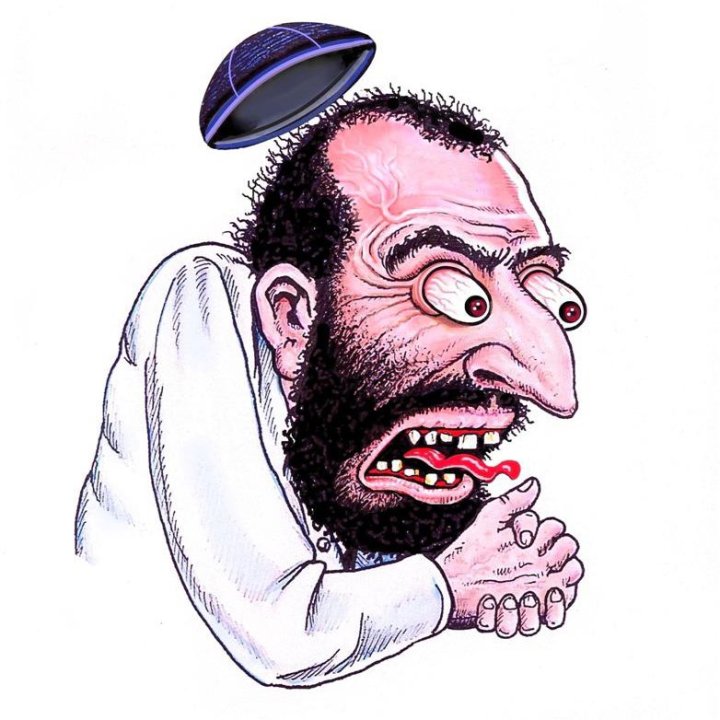
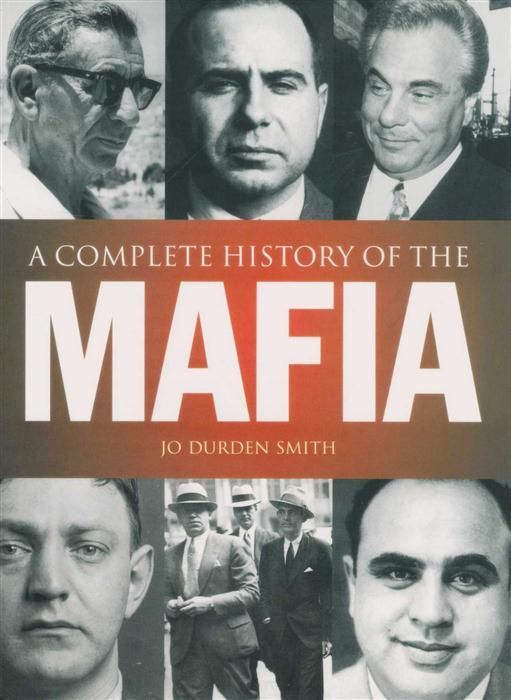
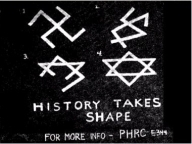

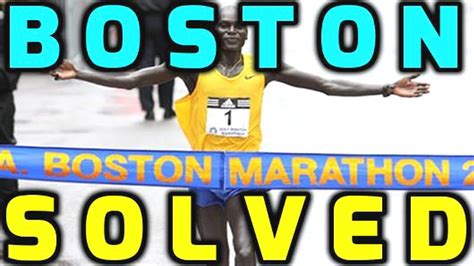
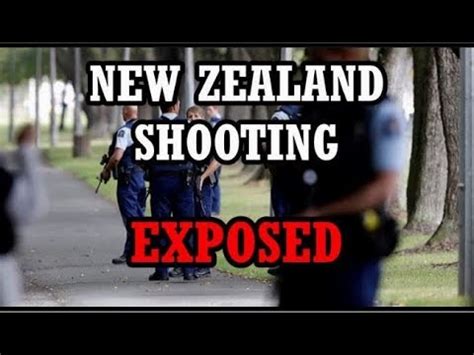



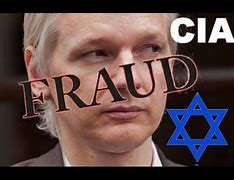
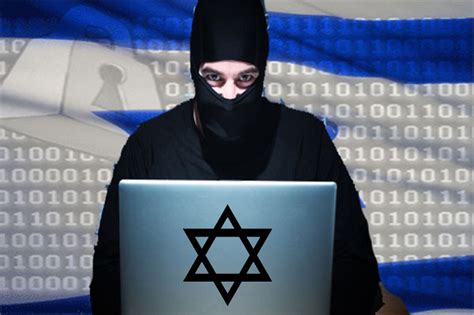

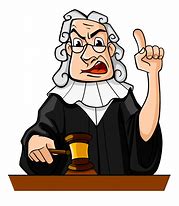
 April 2nd, 2012
April 2nd, 2012  FAKE NEWS for the Zionist agenda
FAKE NEWS for the Zionist agenda  Posted in
Posted in  Tags:
Tags: 